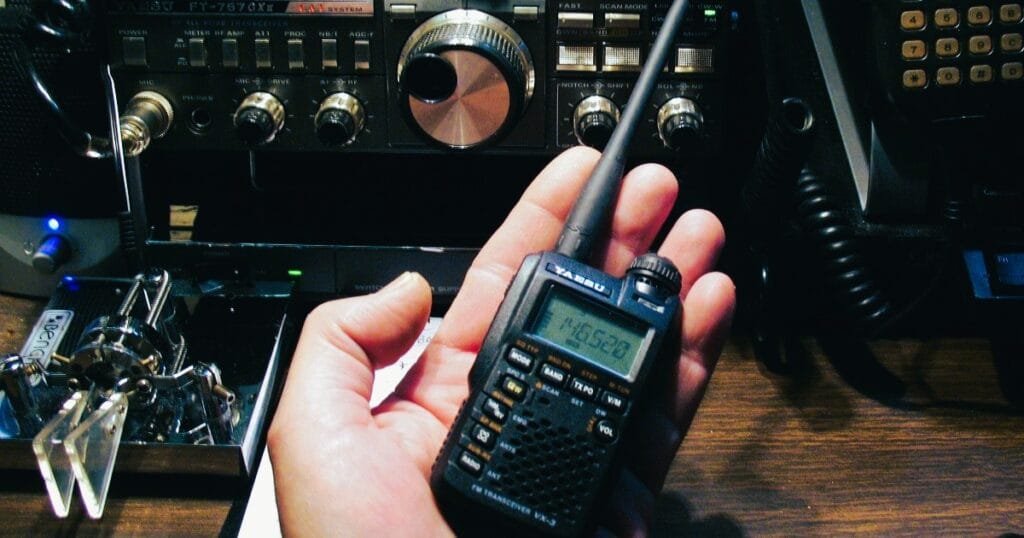Table of Contents
ToggleRadio Communication Capacitor: How Capacitors Power Up Radio Communication
Capacitor is also one of the small but vital parts in the radio communication world. The title bears a bit of fame with creators, as it likely won’t receive the same attention as transistors or amplifiers, and yet, without capacitors, radio is all jumbled up. Capacitors help determine the flow of energy, block noise, and maintain a steady signal.
In this post, we will explore why capacitors are so integral to radio circuits. We’ll keep it light and basic, maybe throw in a few jokes and you will leave with the appreciation of these unsung heroes.
What is a Capacitor?
Basically, Capacitor is an energy storage device. Think of a capacitor as a tiny battery that switches the battery on and off as needed to store up electrical energy. But it doesn’t retain energy for as long as a battery can, though. It does so instead by quickly charging up and then equally quickly discharging.
A capacitor is composed of two metal plates, between which there is a non-conductible material called the dielectric. The capacitor has a charge held on each plate when you put a voltage on it. And in which, when that energy needs to be released, it passes it back into the circuit. Any radio communication signal must behave in this way of charge and release, which is good enough.
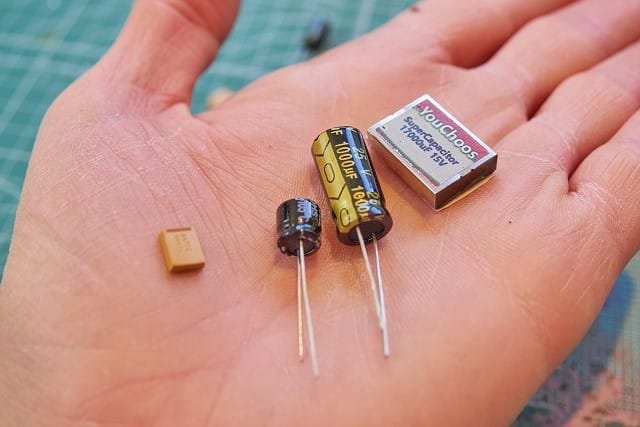
The Role of Capacitors in Radio Communication
Those capacitors aren’t a random part thrown into a circuit — there’s one type, some low-pass filtering, but the placement and choice was intentional. They handle signals, filter unwanted frequencies, and stabilize power in radio communication. Here is how they work their magic:
Parameter Tuning and Selecting Frequency
Capacitors function together with inductors to form tuned circuits that tune into particular frequencies in the airwaves. Such a configuration is known as an LC circuit (where L = Inductance and C = Capacitance). They act as a combination of filters that will only allow the frequency we want them to pass through. It’s kind of like listening to a single radio station and ignoring all of the rest.
More simply, the capacitor and inductor act as a tag team to zero in on the precise frequency that is so important in radios. You’d have a bunch of signals coming through at once—good luck with that!
Check here to know more about radio frequencies and radio waves.
Signal Smoothing and Stabilization
Radio circuits can be noisy, like a car driving over bumpy potholes. Capacitors smooth out these bumps by absorbing energy and releasing it at the appropriate time. It also smooths the signal which keeps it steady, cuts out the noise and creates a better sound.
For instance, if you ever listen to a radio station and hear static, then this is a sign of insufficient smoothing. For that reason, capacitors help beat it and keep the signal as bright as possible.
Are you facing radio signal issues? Like sending signals fine but not receiving. Check here for possible solutions.
Preventing Direct Current (DC) and Allowing Alternating Current (AC)
But, capacitors have a trick up their sleeve: they will pass AC, but block DC. This is critical for radio, where AC signals (the actual radio signals we make) must move freely. In the meantime, winding DC — the thing that might screw-up things — is also shut off.
Think of it as a high-end club that only permits certain individuals inside. The capacitor plays the part of the bouncer, allowing only AC signals in and refusing to let DC signals through. By this, circuits are avoided from unnecessary signals and clean signal flow consists.
Filtering Out Noise
Capacitors are very effective to eliminate unwanted noise. Using resistors and inductors, they filter the high-frequency noise that can destroy your signal. Decoupling is basically a way to tune the circuit down so you get only relevant signals.
Decoupling capacitors are like noise-canceling headphones for your device in radio circuits. They soak up excess noise and allow the proper signal to cut through. These dutiful capacitors allow your radio to remain mostly buzz and hum free.
Capacitor Types
Capacitors are in general electronic components and we shall write separate articles on all other electronic components used in radio circuits but here is a brief introduction to the various types of capacitors and their uses in radio circuits.
When it comes to capacitors, each one has its own idiosyncrasies. The correct cap makes a huge difference in radio. We’re breaking down a few of the more common options and how they improve your radio’s performance.
Ceramic Capacitors
The best choice is ceramic, which is why ceramic capacitors are small, stable and inexpensive. This makes them ideal for radio applications, as they are often used in high-frequency circuit fragen. These have a low inductance, which makes them perfect for removing unwanted high frequencies and ensuring that your radio signal remains strong and clean.
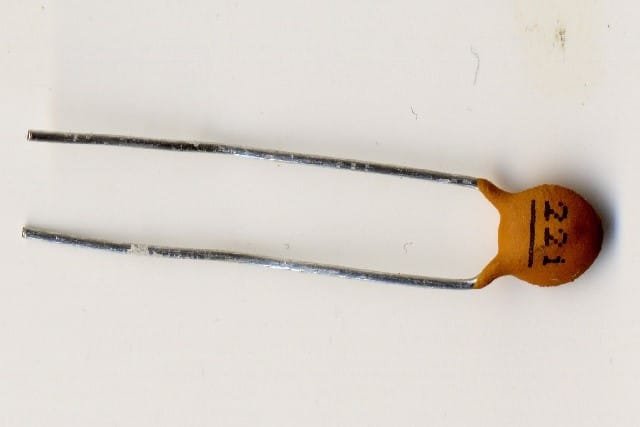
Electrolytic Capacitors
These high-voltage capacitors are no joke. Electrolytic capacitors have very high capacitance values making these suitable for power supply and different types of applications. In radio, they aid in power fluctuations, smoothing them and thereby stabilizing the circuit. Still, they are often used for low-frequency applications since the components can be rather large.
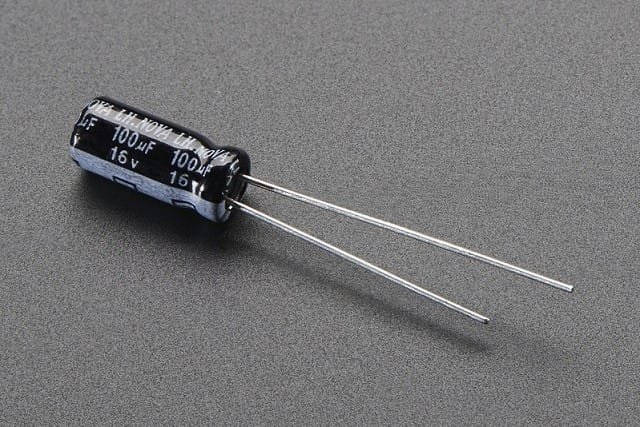
Tantalum Capacitors
Tantalum capacitors — splendours of stability and life. They hold steady for long periods, making them ideal for circuits that need stable performance. For example, in radios, they are used as filters to eliminate noise and provide output voltage stabilization.
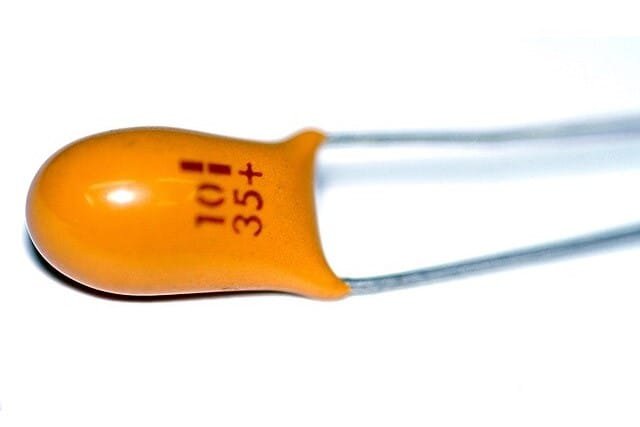
Variable Capacitors
Variable capacitors are, as their name implies, capacitors in which the capacitance can be varied. This is essential in a project where circuits need to be tuned – for example, to pick off frequencies, you have to tune the selection specifically. Variable capacitors: This is what allows you to “tune in” a frequency, where you can filter out all the signals around it.
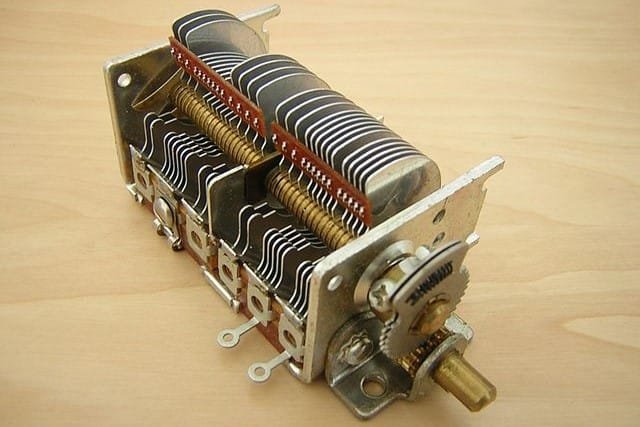
The Combined Operations of Capacitors and Inductors: Radio Tuning Basics
Capacitors and inductors team up within a radio circuit, where they are known as an LC circuit (inductance and capacitance, respectively). That combination is a resonant circuit – the trick to tuning into specific radio frequencies. Here’s how it works.
As an AC signal passes through an LC the inductor and capacitor act to store and exchange energy. That constant back and forth produces resonance at a specific frequency. The LC circuit then “locks onto” this frequency and allows it only to come through while rejecting all others. You can tune the circuit to different radio stations by changing the resonant frequency by changing the values of the capacitor or the inductor.
Put simply, the LC circuit acts as a gatekeeper, determining which frequencies gain access, and capacitors make this possible by offering the necessary precision for accurate tuning.
Click here and learn more about another vital radio circuit which is called an inductor.
How to Use Capacitors In Your Own Radios
Capacitors are easy to implement, but knowing what they do takes your projects to the next level. A couple of suggestions for capacitors on radios:
Choose The Correct Kind: Be aware of the job your capacitor should be doing From a filtering standpoint, we can reliably use ceramic. Electrolytic capacitors are the most effective for stabilizing power.
Tune Some LC Circuits: If you are going to build the radio and tuner, try a couple combinations of capacitors and inductors. You will see how each change affects the response of the frequency.
Isolate Your Power Lines: Decoupling capacitors near a power supply will make it more silent. These little caps will absorb high-frequency noise, keeping your signal nice and clean.
Be Aware of Polarity: Electrolytic use in a certain way needs to be connected the right way. Check it twice before connecting, or you will have a capacitor “popped with power” 🙂
Frequently Asked Questions (FAQ) On Capacitor in Radio Communication
Do general capacitors work in every radio circuit?
Not quite. There are many types of capacitors, one type does not fit all applications. Ceramic capacitors are the best for high-frequency signals. Electrolytic capacitors are perfect for smoothing the power supply.
How to find out which capacitor value should I be using?
It’s obvious, but try to experiment with different values. Recommendations are found in circuit diagrams, but this is like mugging for school kids: Use the suggested value as your starting point, and adjust the value if performance is not improved.
What causes capacitors to “pop” or fail at times?
Capacitors can also fail due to wrong polarity, overstress, and thermal runaway. But beware, voltage rating and polarity are the things to look out for, to avoid any accident.
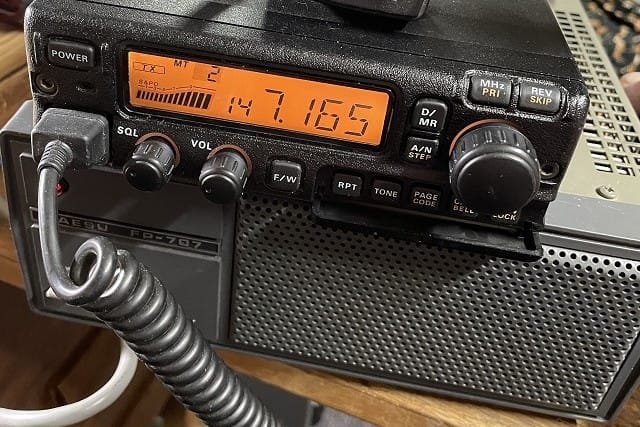
Conclusion: In Radio Communication, Capacitors Keep The Beat
Capacitance may seem tiny, but it packs a punch. They clean up signals for radio communication, smooth out power, and stabilize frequencies. Radios without capacitors would just be noise, not that useful!
Next time you hear a station over the radio, think of our friend the capacitor doing the heavy lifting in the background. The invisible champion of the airwaves, ensuring transmission of your music, talk shows, and news without any bumps. Ultimately, the capacitor is the true hero of the radio and it just goes to show that sometimes the littlest things can make the largest impact.

